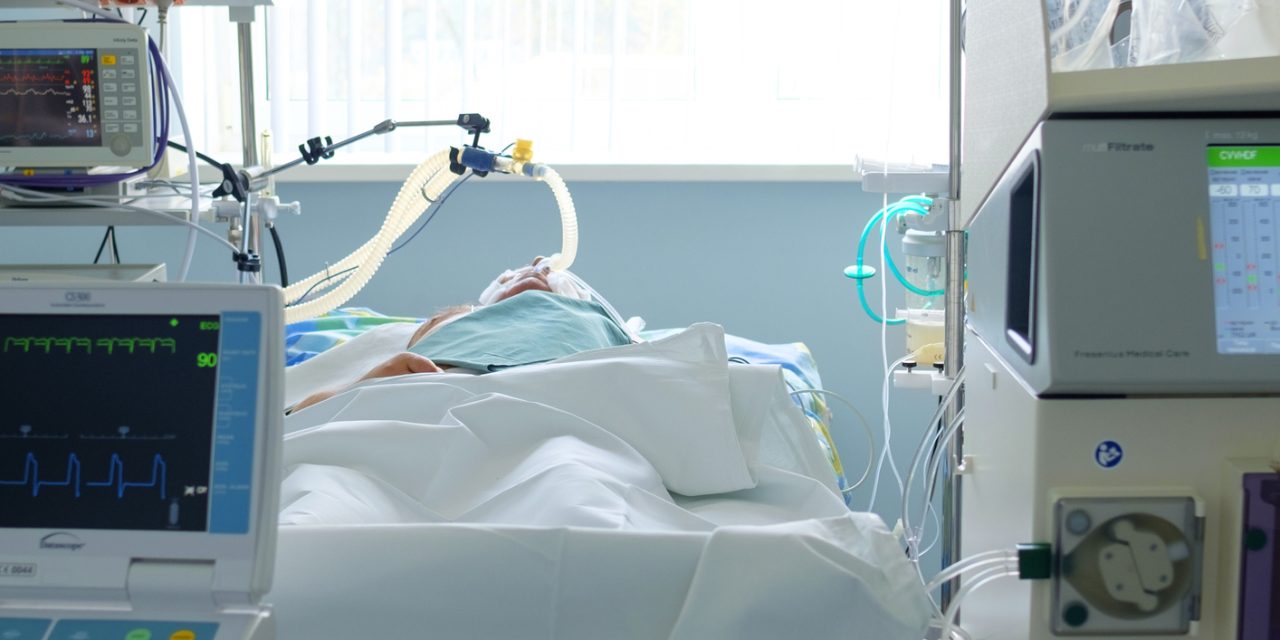In hospitalized patients, lipid emulsions are an integral part of balanced parenteral nutrition. Traditionally, a single lipid source, soybean oil, has been given to patients and was usually regarded as just a source of energy and to prevent essential fatty-acid deficiency. However, mixtures of different lipid emulsions have now become widely available, including mixtures of soybean oil, medium-chain triglycerides, olive oil, and fish oil. Fish oil is high in the ω-3 polyunsaturated fatty acids docosahexaenoic acid (DHA) and eicosapentaenoic acid (EPA). There is a growing body of evidence that these ω-3 fatty acids can exert beneficial immunomodulatory, anti-inflammatory, and inflammation-resolution effects across a wide range of patient groups including surgical, cancer, and critically ill patients. At least in part, these effects are realized via potent specialized pro-resolution mediators (SPMs). Moreover, parenteral nutrition including ω-3 fatty acids can result in additional clinical benefits over the use of standard lipid emulsions, such as reductions in infection rates and length of hospital and intensive care unit stay. Clinical and experimental evidence is reviewed regarding lipid emulsion use in a variety of hospitalized patient groups, including surgical, critically ill, sepsis, trauma, and acute pancreatitis patients. Practical aspects of lipid emulsion use in critically ill patients are also considered, such as how to determine and fulfill energy expenditure, how and when to consider parenteral nutrition, duration of infusion, and safety monitoring.© 2020 The Authors. Journal of Parenteral and Enteral Nutrition published by Wiley Periodicals, Inc. on behalf of American Society for Parenteral and Enteral Nutrition.
Lipid Use in Hospitalized Adults Requiring Parenteral Nutrition


